市场上有很多热泵热水器的制造商,他们不像普通的电热水箱那样用电盘管加热水,而是使用蒸发器从空气(内部或外部)中提取热量,用它来制造热水。
The byproduct of an air-to-water heat pump after it extracts heat is cold air, so with systems that draw from and exhaust air back into the house, they actually act to cool your house in summer, which is a good thing. During heating months, that cold air ejected back into your living space while water is heated simply means that whatever you use to heat the air in your house now indirectly heats your water as well.
This changes the heat source of your hot water from being the hydro electric pole (or natural gas line) that feeds your house to being your air heating system, and this is why it is so crucial to be equipped with a very efficient heating system when making your domestic hot water with a heat pump that draws heat from inside the home.
进一步解释一下——如果你用燃油炉给家里供暖,那么热泵热水器就不是一个好主意,它会把室内空气中的热量转移到热水箱中,因为你家的热水会通过燃烧燃油来加热。它不会为你节省很多钱,如果有的话,所以在这种情况下,这是一个昂贵的机器,很可能弊大于利。
If you heat the air of your house with an air-to-air heat pump then they can be a great idea, provided that the evaporator is not restricted to a small mechanical room with little access to the air—and energy—from the rest of the house.
Then comes super-efficient technologies:
另外,水加热系统,如日本SANDEN制造商的SANC02,有一个外部压缩机,不像大多数空对空热泵。外部压缩机热泵热水器不以任何方式与内部空气相互作用。在这种特殊情况下,二氧化碳制冷剂从外部空气中提取热量,并将其转移到水中,然后储存在家里的水箱中。
The SANC02 is the first heat pump water heater with an exterior compressor to hit the Canadian market. It's important to note that heat pumps work more efficiently with warmer temperatures. Not only will they have a bottom functional temperature, but as they draw heat from the air, the hotter the air is the less hard they must work.
 |
|
© Sanden
|
When heat pumps work best:
If you live in a climate which will regularly drop below the manufacturers stated functional temperature for their units, there will be times when you will not be able to heat water (or even air in the case of air-to-air heat pumps). Once they reach their bottom end temperature, they will still work but just with very little advantage over a traditional electric resistance water heater, and it would take longer to regenerate hot water after a shower than it would at warmer temperatures. As it gets even colder, they will eventually shut off altogether to prevent damage.
In warmer climates like southern Ontario or the southern coastal regions of BC, you don't have as great a concern with outdoor winter temperatures, but in northern climates heat pumps may need to be accompanied by backup heating coils for when the temperature drops below their functional operational levels. This would mean that their value would go down in such a climate due to the additional equipment required, as well as the overall reduced efficiency they would experience at lower exterior air temperatures.
Fortunately, the SANCO2 will operate at temperatures as low as -29 °C, which means it will not require a backup heating coil even for the Montreal-Ottawa corridor, which in practice, rarely ever sees temperatures below -26 °C. This unit will actually provide 3.5 kW of heat even at -25 °C, with an efficiency of 170%. Its overall efficiency over the whole year, based on the hot water consumption of a family of four each taking an 8 minute shower every morning with a regular shower head delivering 9.5 L/min, would be about 340%. In real terms, that translates into water than is heated 3.4 times more efficiently than you are used to, which is quite impressive.
In a more moderate climate like Toronto, the performance would be even better and the risk of running out of hot water virtually eliminated.
Size matters:
The SANCO2 comes with a 43 or 83-gallon (163 or 314 L) storage tank. As the speed at which it can generate hot water will slow at very low temperatures, it might be wise to opt for the bigger tank in colder climates to reduce any risk of running out of hot water, depending on family size and hot water usage.
What we like about the SANC02:
- Very low operating temperature without the need for electric backup,
- CO2 as refrigerant with lower GWP (global warming potential)
- Two sizes of water storage tank to better fit the needs of consumers
- High delivered water temperature (65° C)
What we don't like about the SANCO2:
That's a pretty easy answer - the price.
The Vancouver distributor sells the outdoor unit for $3,227, a 43 gallon tank for $2,253 and the 83 gallon tank for $2,457. Keep in mind, that's before the cost of installation. Contractor prices are a bit lower, but you probably won't see any benefit from that, so you're still looking at an easy $7,000 to have one installed, which we find a bit steep.
To find a return on investment period, we ran the numbers based on Quebec hydro rates (among the lowest in Canada but at least consistent); here is what we found:
A family of four would on average consume about 70,000 L of 60 °C hot water per year, which would require 4,000 kWh to produce at the average annual inlet temperature of 10 °C. At about 8¢ per kWh, this would normally cost $320 per year. With an average COP of 3.4, the annual cost with a SANCO2 would be about $95, for a yearly savings of $225 over a traditional hot water heater.
With an installed cost of $7,000, it would then take 31 years to recuperate your investment, which is longer than the lifetime of the system. Savings would be a bit higher in regions with higher rates, but it's still beyond justification at the current price. The only way this would make sense would be for high rate payers that use larger quantities of hot water during peak hours. We love the technology, but not at the current price.
Interior compressor units:
The SANC02 is the only exterior compressor unit available in Canada, but there are several interior compressor units on the market. These are the ones that we mentioned at the beginning that draw air from the conditioned space rather than the exterior. They can be a great idea, but under slightly more specific circumstances.
只要你能把空调里的冷空气排到主要的居住区域,它们在夏天会非常有利,因为它们会从家里带走很多热空气,所以你可以得到一定量的“免费空调”。
They stop being such a great idea if they are in a small unventilated mechanical room, as they will cool that space and act to reduce their own efficiency.
另一个可能的不利因素是噪音增加。室内压缩机可能会有一点噪音,所以要小心安装它们的地方,确保它们不会以惊人的分贝污染你的家。
Also, as mentioned above, they are only as efficient as the air you offer them. If the energy grid in your region is fed with renewable energy but you heat your house with fossil fuels, in winter months you would now be heating your water with fossil fuels. They work best and reduce your carbon footprint when combined with a clean source of interior air, like an air source heat pump.
Now you know about efficient residential heat pumps, learn more about home heating and energy efficiency solutions in the following pages and in the EcoHomeGreen Building Guide.
Find more aboutgreen home constructionand reapthe benefits of a free Ecohome Network Membership here. |


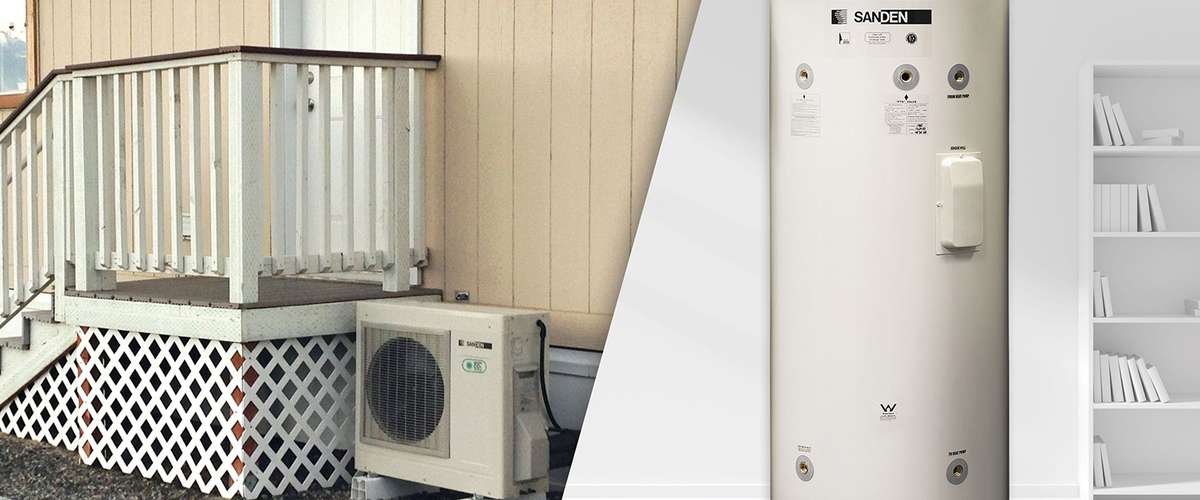















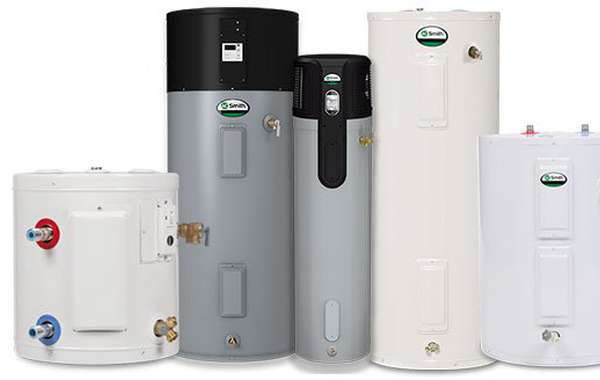
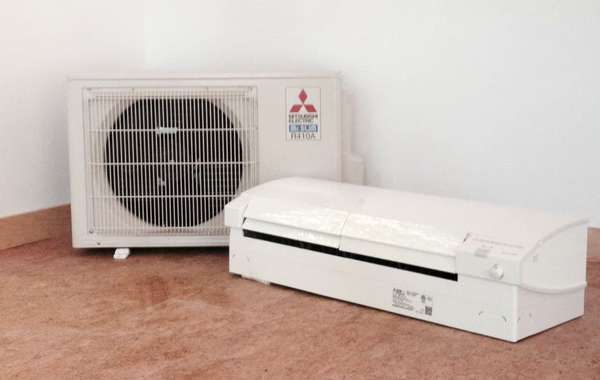
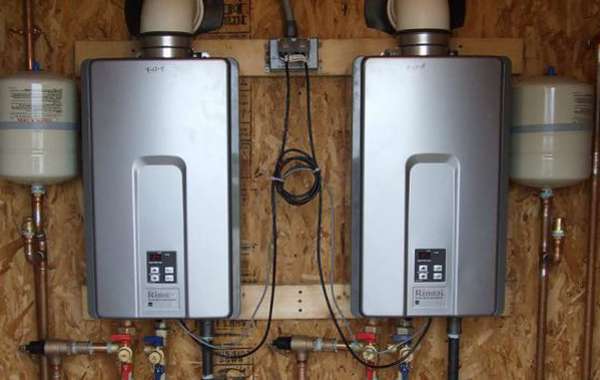
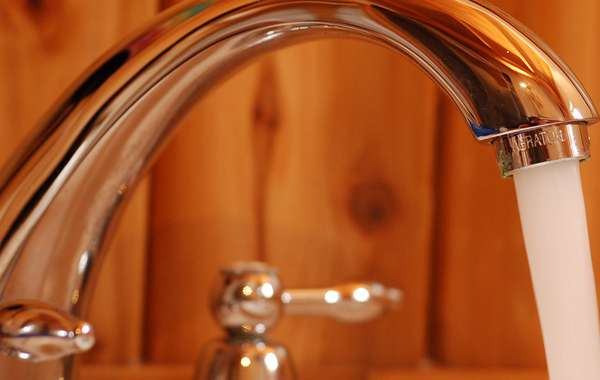
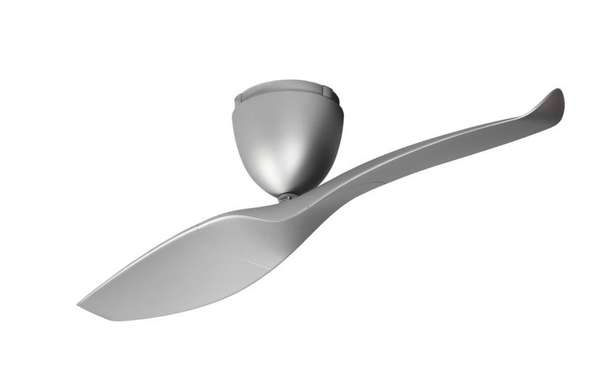
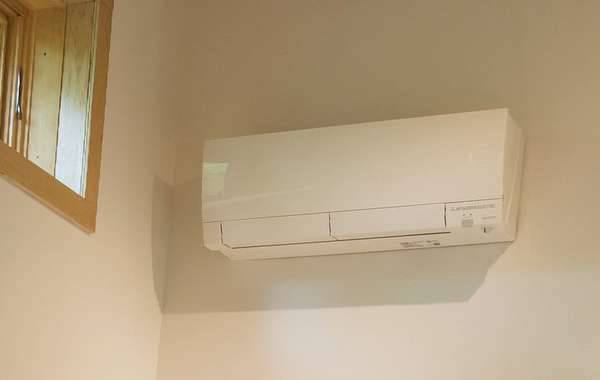
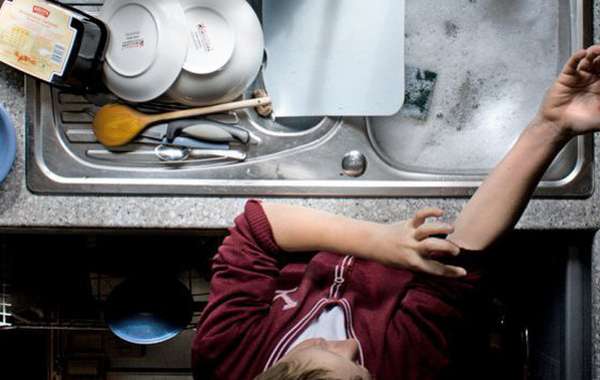
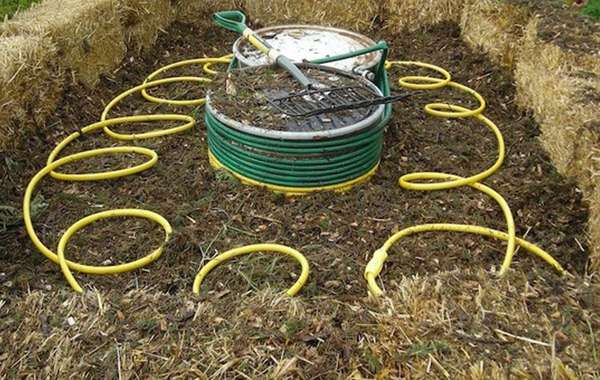
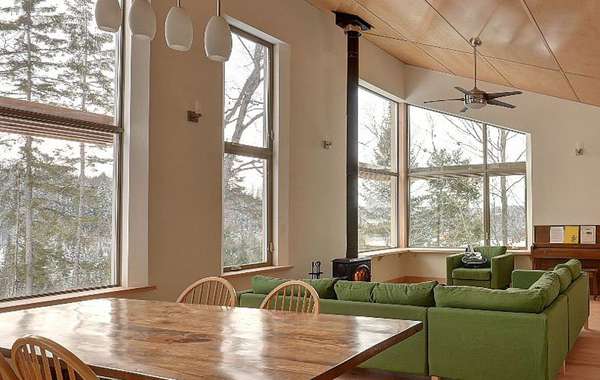
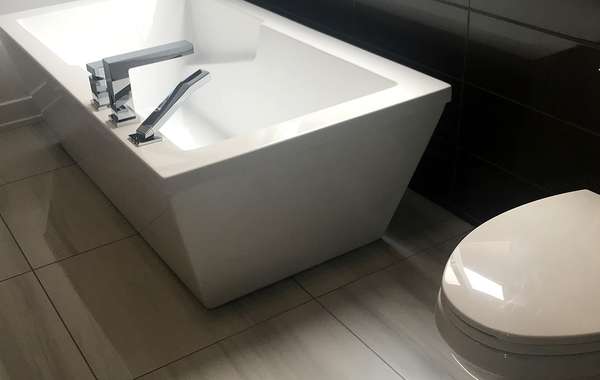
A builder I know tried the Sanden and told me the water pipes from the outdoor unit turned to ice and were not covered by warranty because of fine print that requires heat tape that works during power failures. It is OK in Australia where they place the tank outdoors, but not suited for Canada. It only suits a design temp of -5 C and heating load under 1.8 kW (8000 BTU), which is even too little for a passive house in Victoria. Forget the CO2 as well, no HVAC person can service these units in the field, they have to be replaced by shipping back East near Boston at your expense plus return. Forget this.
Could this hot water system provide enough heat to warm a home comfortably (radiant in floor heating), and DHW? Maybe two large tanks, one outdoor unit to look after the homes needs.
Wouldn't we all be better just getting tankless water heaters? It seems a waste of energy to me to keep this big tank of hot water all the time when you could just use it when you need it with on demand water.
Hi John,
New water heaters are pretty well insulated, and keep in mind that in cold climates, the losses are only losses in the summer months. In the north where you may be heating for 7-8 months of the year, its not a loss because that heat will warm your home.
About tankless water heaters - they do have their place, specifically in very small homes where there simply isn't room, and I would also say for cottages when you don't go enough to make efficient use of a water heating tank. And with a summer cottage you wouldn't even benefit from the losses to the home, as you wouln't really have a need for the heat.
And for electric tankless heaters there is an added consideration - they lay dormant without consuming electricity until you turn on a tap, at which point they consume a ton of it. So for electric on demand water heaters, if we all had them then there would be a massive spike in electrical consumption at peak water heating hours like before and after work. So it's not a problem because there aren't that many (at least electric that we know of) but if there were then that consumption would cause some sizable headaches for regional power suppliers to keep us all juiced up.
here is our page abouttankless water heaters你可以看看他们是否适合你。
If it was also acting as a heat pump for heating the home, an higher price would be acceptable. If there such heat pump that can heat the home and the water?